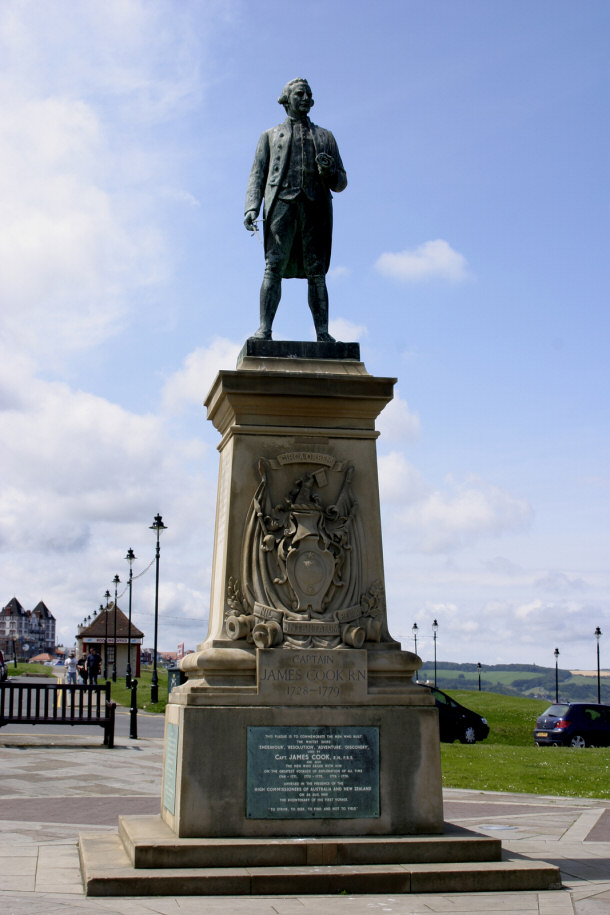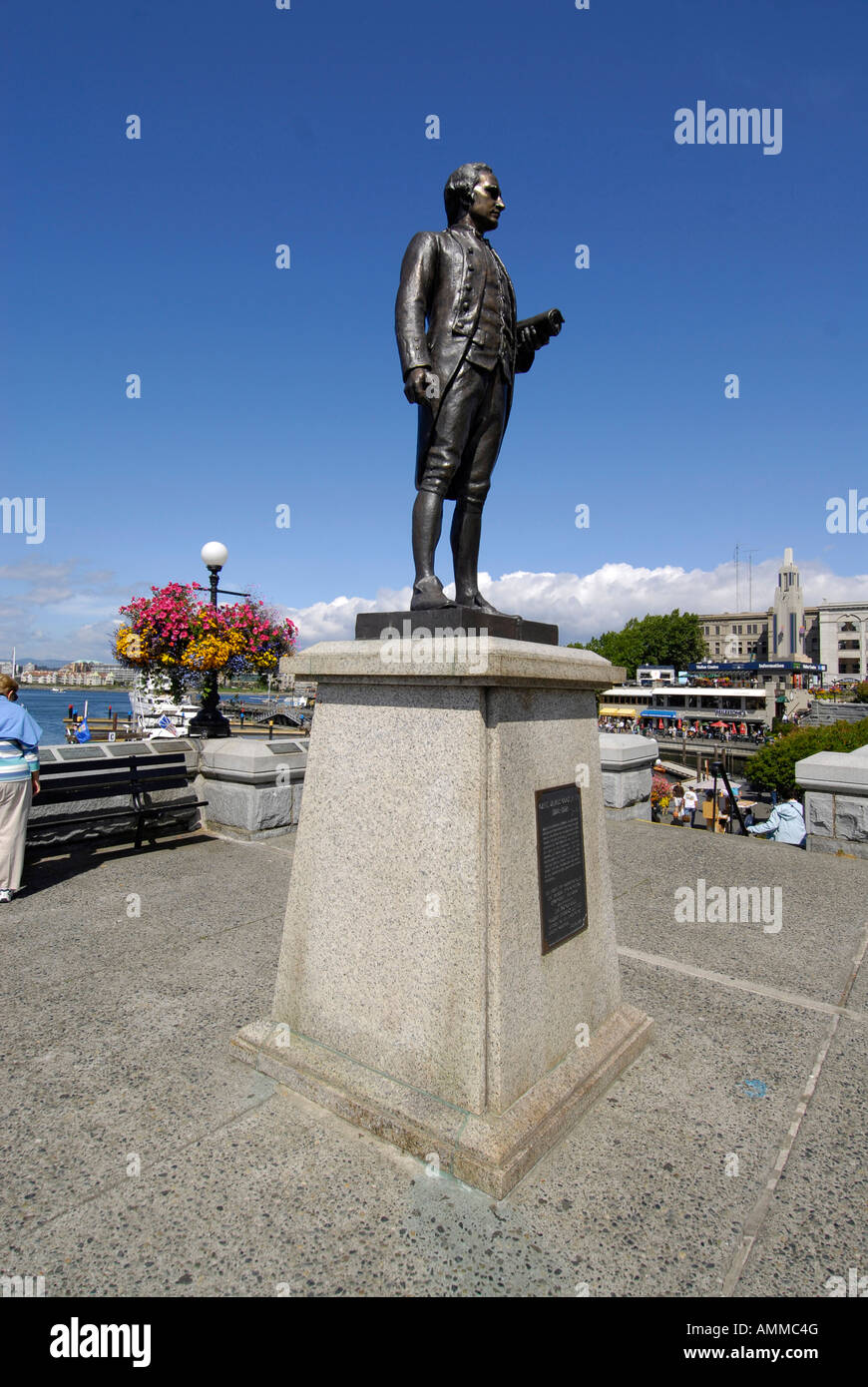

Before he returned to England that November he surveyed Placentia Bay, Bay Bulls and St. Then in Northumberland he took part in the short campaign to recapture St. Cook was placed in charge of constructing the chain boom across the Northwest Arm at Halifax to keep enemy shipping from landing troops to the west of the town – the remains of Chain Rock Battery in Point Pleasant Park denotes the anchor point of one end of the boom. John’s, Newfoundland in July 1762, Halifax prepared itself for a possible follow-on invasion.

Lawrence River in the summer of 1760 during the British campaign to capture Montreal. In Northumberland he again served in the St. Over this time he continued to study and hone his skills. His sailing directions included a “Description of the Sea Coast of Nova Scotia” as well as directions for the Gulf and River St. He produced, among others, a plan of the Halifax Naval Yard and two of the earliest and most comprehensive manuscript charts of Halifax Harbour and its approaches. Promoted after the battle to be Master of Admiral Lord Colville’s 70-gun flagship HMS Northumberland, Cook spent the next three years surveying the waters of Atlantic Canada, based in Halifax. Lawrence River to permit the British fleet to sail up the river much of his work being done within range of the French guns. The following year, after wintering in Halifax Harbour he played a vital role in the campaign to capture Quebec, by surveying the St. That summer he took part in the siege and capture of Fortress Louisburg. This activity is widely credited for his subsequent success and renown as the famous Pacific explorer.Ĭook arrived in Halifax in May 1758 as the Master of the 60-gun fourth-rate HMS Pembroke. During this period he mastered the art of surveying, hydrography and cartography, and produced numerous nautical charts and sailing directions of the Atlantic Canada region. The water jet must also be occasionally shut down when drought lowers the water level of the lake.Captain James Cook served in a number of Royal Navy ships based in Halifax between 17, just a decade after the founding of the city. In periods of high wind, the jet is automatically disabled as water landing on the nearby Commonwealth Avenue Bridge can be a hazard to traffic. The water jet operates daily from 11 am to 2 pm. The design of the jet is based on the Jet d'Eau in Geneva, Switzerland as a result of high-level diplomatic negotiations. During special occasions it can be illuminated, often with coloured lights. Alternatively the jet can be run on a single pump reaching a lower height of 114 metres. While running both pumps simultaneously the main jet throws approximately six tons of water into the air at any instant, reaching a maximum height of 152 metres.

The water velocity at the water nozzle is 260 km/h. The water jet is driven by two 4-stage centrifugal pumps capable of pumping up to 250 litres per second against a head of 183 metres. On 25 April 1970, Queen Elizabeth II officially inaugurated the memorial. The memorial includes a water jet located in the central basin and a skeleton globe sculpture at Regatta Point of Lake Burley Griffin in Canberra, showing the paths of Cook's expeditions. The Captain James Cook Memorial was built by the Commonwealth Government to commemorate the Bicentenary of Captain James Cook's first sighting of the east coast of Australia.


 0 kommentar(er)
0 kommentar(er)
